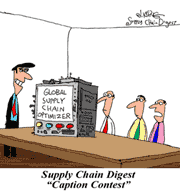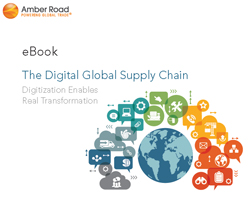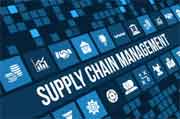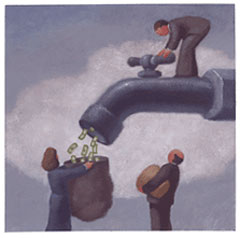 |
October 26, 2017 - Supply Chain Flagship Newsletter |
 |
|
 |
|
|||||||||||||||||||||||||||||||||||||||||||||||||||||||||||||||||||||||||
|
||||||||||||||||||||||||||||||||||||||||||||||||||||||||||||||||||||||||||
|
|
|
YOUR FEEDBACK
We received a number of emails, some from our content partner RetailWire, on our OnTarget piece on the growing trend of people having RFID chips implanted in their hands to automate/control various actions, in a movement some call "transhumanis."
A selection of these is below. More next week.
Feedback on Implantable RFID Chips
![]()
In an age where privacy is under constant attack, I cannot fathom how this level of personal intrusion could become widely accepted. While I understand the convenience and efficiency this approach could have to automate tasks, I would be profoundly concerned about who controls this information and how it might be used for nefarious purposes or hacked by bad actors.
Mark Ryski
Founder, CEO & Author
HeadCount Corporation

![]()
Definitely the stuff of Ebocloud.
There will always be fringe interest in anything, but widespread adoption of implanted chips will meet extreme resistance. The article touches upon the Big Brother concern, which is top-of-mind whenever " implanted chips" are discussed.
Although there are some security/convenience benefits and although recent data breaches are the poster child for more security, there is no true advantage for retailers to be considering these measures. Retail has about a thousand things to get right before this could ever make sense and at $10-12/hour pay, retail associates are very unlikely to see the benefit of having their bodies invaded for their employer.
Ken Lonyai
Consultant, Strategist, Tech Innovator, UX Evangelist

![]()
Why would the transhumanism movement gain traction when the same goals can be met without surgically implanting chips? I expect the smartphone or watch will be used to automate these same tasks for a decade or more before implants gain even a little toehold.
Ron Margulis
Managing Director
RAM Communications

![]()
The difference between this and 1984 is that this assumes people will volunteer to have their privacy invaded at a heretofore unseen level. I agree with Mark; I cannot imagine why anyone would want this type of privacy invasion. Have we become so that lazy that we don't want to push a button to open our garage door or hit a switch to turn on our computers?
I am sure there will be those that think this is a great idea, that is, until the first hack or until stories come out about how security was thwarted by someone removing a chip from a person's hand (or worse) to enter a building or restricted area.
Steve Montgomery
President
b2b Solutions, LLC

SUPPLY CHAIN TRIVIA ANSWER
Q: Then MIT graduate student John Krafcik was the first to use what important supply chain term in a journal article in 1988?
A: Lean.
| © SupplyChainDigest™ 2003-2017. All Rights Reserved. SupplyChainDigest PO Box 714 Springboro, Ohio 45066 |
POWERED BY: XDIMENSION
|







 So this is something scary not in a more macro sense but rather in the futures of individual companies and sectors, with the demise of corporate icon Kodak in the face of a digital assault perhaps the leading example.
So this is something scary not in a more macro sense but rather in the futures of individual companies and sectors, with the demise of corporate icon Kodak in the face of a digital assault perhaps the leading example.
